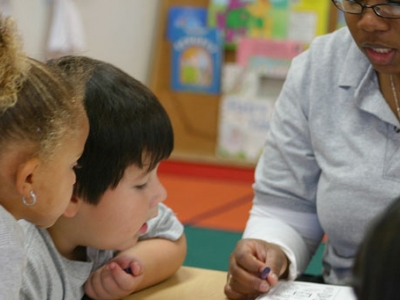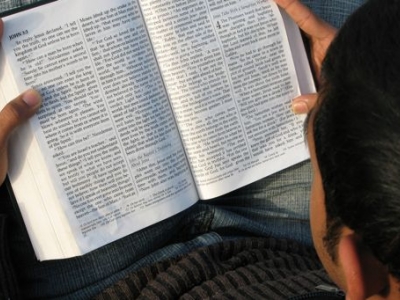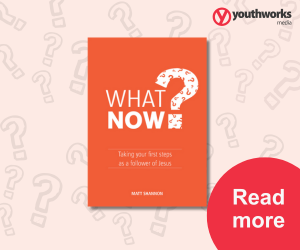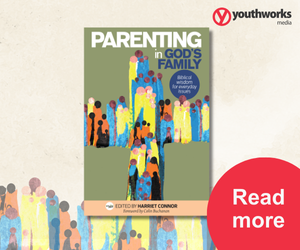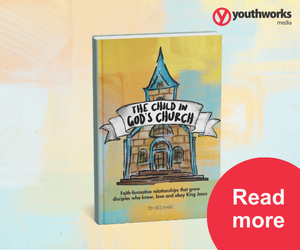
How to choose a children’s Bible
Helpful advice and recommendations from Alice Warren.
This article is an excerpt from A Godparent’s Handbook: Nurturing Your Godchild's Faith for Life by Alice Warren.
Age-appropriate Bibles for children are such an important blessing to parents, as it makes regular Bible reading easier for them to implement! While children’s Bible stories are not the same as the full Bible text, the best ones can help little ones be engaged with and learn to love the word of God.
However, the worst ones can trivialise and even undermine the message of Scripture. One children’s book I read about Daniel and the lion’s den made the story about how the big lions were bullying the little ones and Daniel was sent in to protect the little lion, all in aid of helping the child hearing the story understand that bullying is not OK. That was definitely not part of the biblical story of Daniel! Other books, in their attempts to make stories digestible for kids, oversimplify the message to be moralistic. These essentially remove the grace of God from the stories, as each ends with a charge to try hard to be kinder, share or listen to your parents.
I say all this not to make the task of choosing a Bible storybook seem overly daunting, but because what little ones read and take in is important. If children are regularly being read a Bible storybook that doesn’t shy away from the complexities of Scripture and highlights the gracious love of God throughout, then that will become embedded in their developing world view. If, on the other hand, it makes Scripture merely a series of moral lessons, they will learn either to be proud of their capacity to meet their own standards of goodness or overly consumed with self-condemnation.
There are many great resources out there to help you choose a good children’s Bible, so here are just a few questions for you to think through now:
1. Does it explain sin?
Some children’s Bibles skip straight from creation to the flood without mentioning humanity’s fall into sin—and with no sin given as the reason for the flood either! How well sin is explained and referenced is foundational for understanding ourselves as part of fallen humanity, so this is important to look for.
2. Where does it end?
Many children’s Bible stories don’t end with Jesus’ return. As this is a source of joy and hope for us, it would be strange to omit this from their biblical education!
3. Which Bible stories are covered?
Look at the table of contents. Not every Bible story can be covered in a kids’ Bible, so think about the ones that have been selected. One New Testament book of stories we had referred only to miracles for men or boys, leaving out Jesus’ interactions with women altogether, something I found quite problematic.
4. Are the illustrations helpful?
Do the illustrations help the stories make sense? Do they convey the love of God for people of all nations, or are the people entirely white? One particularly poorly illustrated Bible I looked at featured Israel’s enemies as all darker skinned, while Israel was strangely Anglo-Saxon in appearance.
Recommendations
While no children’s Bible storybook is perfect, I recommend these three:
• The Beginner’s Gospel Story Bible: Wonderfully illustrated and with good discussion questions after each story, this Bible is fantastic but not currently widely known. The illustrations include symbols that really help younger kids grasp what’s happening in the story and stay engaged. I would strongly recommend buying this Bible for all young children; it has a suggested age range of around 2–7 years.
• The Jesus Storybook Bible: Beautifully retold stories by Sally Lloyd-Jones show how each Old Testament story looks forward to the coming of Jesus, the Messiah. This is quite wordy, so I’d generally recommend it for primary-aged children, as little ones can get fidgety waiting to turn the page. However, this book has a shortcoming. As Justin Taylor writes, ‘My one qualm is that it so emphasises the (legitimate) biblical theme of God’s yearning/wooing love that the theme of judgement and wrath in the OT [Old Testament] stories tends to be muted; when the story comes to the cross, the readers have not really been “set up” very well to understand the need for propitiation [Jesus’ atoning sacrifice for sin]’.
• The Big Picture Story Bible: This is another beautiful collection of images and stories, and it looks at the Bible through the lens of God’s promises to Abraham. This one works better for younger children than The Jesus Storybook Bible, but it is still complex enough to engage adults.
For a review and comparison of these last two books, see this article about 'Telling the story from the Bible'.
Full-text Bibles for children
It’s good to encourage children to read the full text of the Bible for themselves. It is a significant step for their developing faith. The decision here becomes about the Bible translation you choose and whether you want additional resources printed alongside the Bible text.
The first thing to do in making your choice is to read the translations yourself. You can easily access translations online, so two or three in parallel. Choose Bible stories that you’re familiar with so you can see what reading level they’re aimed at and how they’ve adapted the text to make it more easily understood.
Some translations that I think work well for kids include the Contemporary English Version (CEV), the New International Reader’s Version (NIrV) and the Good News Translation (GNT; previously the Good News Bible). According to their respective publishers, the NIrV is for children aged 7+, the CEV is for 10+ and the GNT is for ages 12 and over.
The second thing to do is to think carefully about any extra content. I know it’s a marketing craze at the moment to have Bibles targeted at every life stage you can think of (e.g. Teen Girl’s Devotional Bible, Young Man’s Explorer Bible, journalling Bibles, study Bibles), but these have both positive and negative considerations.
Older children may be encouraged by the fun fact sheets, spaces for journalling or testimonies spread throughout their Bible. However, they may also be distracted by these things from reading the actual Bible text (which is, hopefully, what you want them to read!) or they may equate them as having the same authority as the word of God.
These things aren’t inherently bad or dangerous. I know I loved my (very) personalised study Bible as a teen! However, I did fall into the pitfall of thinking that every study note in it was as inerrant as the word of God. Often my youth Bible study group would involve us debating each other’s footnotes in our study Bibles rather than thinking about the text ourselves or acknowledging the range of positions about some minor point in a text.
There are also some beautifully presented magazine-like books of the Bible you can purchase. They don’t include study notes in with the text, but the pages are carefully laid out and visually appealing One of these is She Reads Truth, which keeps the study notes separate from the biblical text.
This article is an excerpt from A Godparent’s Handbook by Alice Warren.
Editor’s note:
Another good children’s Bible we’ve discovered is The Laugh and Grow Bible for Kids by Phil Vischer. These 52 stories, told in an engaging and humorous way, teach children the overarching storyline of the Bible from Genesis to Revelation, showing how Jesus fulfils God’s promises to Abraham. Each reading is followed by some discussion points and a prayer to say together. This children’s Bible also has summary pages which introduce children to the various ‘sections’ of the Bible as they come up—this lays some great foundations for biblical literacy. It has the suggested age range of 4–8 years, but our older children enjoy it too.
If you’d like to explore this topic further, see Wendy Lin’s chapter of Parenting in God’s Family: ‘Bible and prayer across the stages of family life’.
---
Alice Warren is the author of A Godparent’s Handbook: Nurturing Your Godchild’s Faith for Life. Originally from Sydney, Alice now lives with her husband and three children near Paris, where they are serving the local French church. She reflects on life, faith and parenting in another country at One Small Spark.
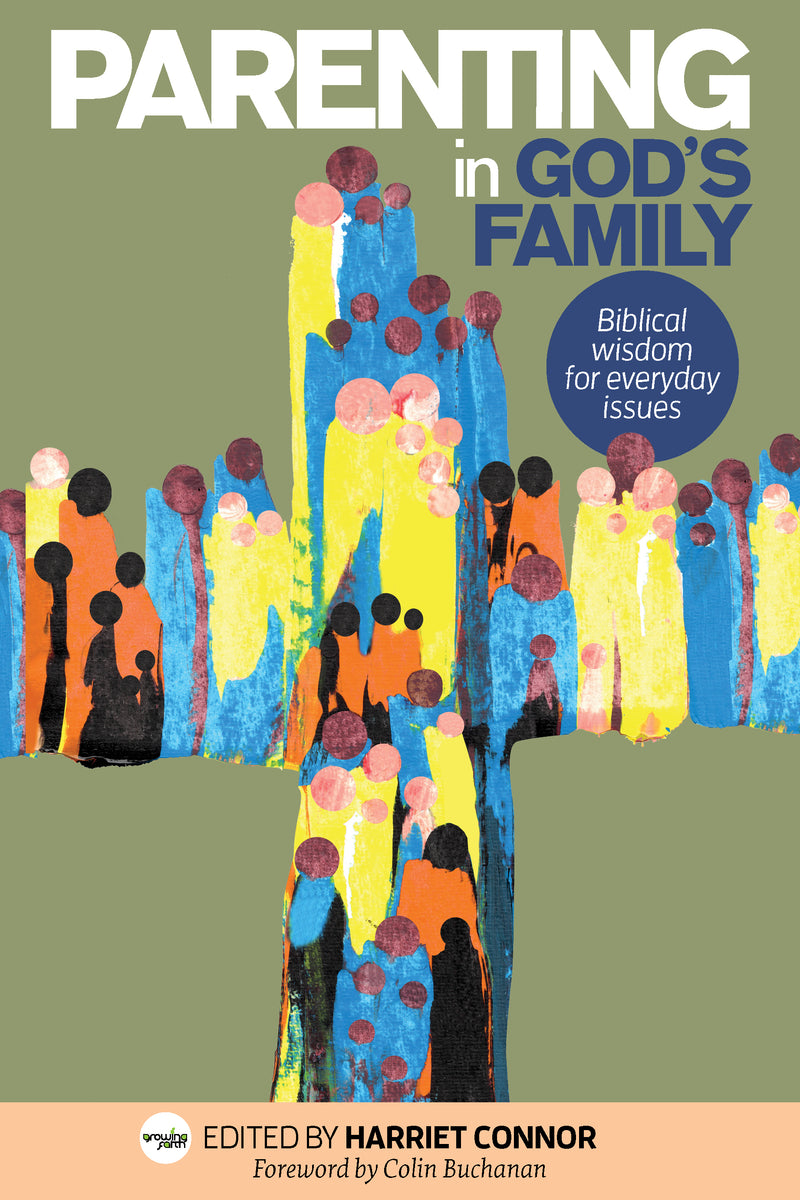
Parenting in God's Family
Parenting in God’s Family contains reflections and advice by 16 authors from many different walks and stages of life, all seeking to encourage and equip parents with biblical wisdom and practical tips.
For more articles from Growing Faith, subscribe to our monthly e-newsletter.
To hear about the latest books and resources from Youthworks Media, subscribe here.




